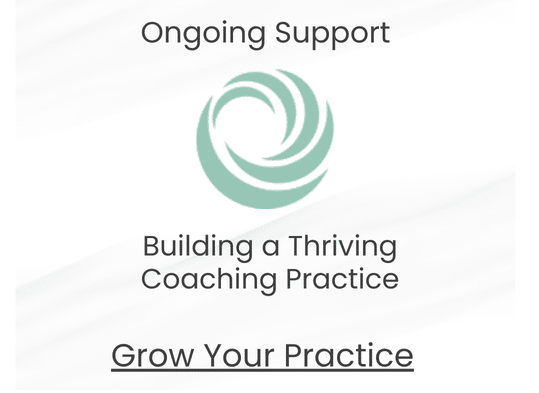by Lynda Wallace
In my last blog post, we saw what optimistic people do, but how can we learn to do those things ourselves? Here’s a five-step process for practicing the art of optimism in the face of life’s inevitable letdowns.
1. Get Some Perspective
When things go wrong, it’s easy to feel like catastrophe has struck. So the first thing to do is to try to take the long view. Is this setback going to matter in week, a month, or a year? Is it really the ruin of everything, or is it just one of the inevitable challenges that come with living a full life?
Remind yourself of the many times you’ve proven how resilient you are, and that you’ll bounce back from this, too.
2. Get Creative
Dream up an unexpected way that the situation you’re in could lead to something wonderful. Is the friend who helped you get through your divorce moving out of state? Maybe when you go to visit her she’ll introduce you to her new also-divorced neighbor, who’ll turn out to be just the kind of person you’ve been hoping to meet.
It doesn’t matter how far-fetched the story is. The point is to remind yourself that life is unpredictable, and that most of the best things in your life would never have happened if things had gone according to plan. You’re going to miss your friend an awful lot, but life’s full of unexpected twists and turns, and you have no idea what good might come of her move.
3. Get Specific
Think about what went wrong and why. Say you just made a failed pitch to a prospective client. If you’re feeling pessimistic, your first response may be that you lost the pitch because you’re incompetent. That thinking is self-defeating and a bit of an easy way out, because if the reason is as big as that, there’s not an awful lot you can do about it.
So get more specific about what happened. Did you have all of the necessary information about the client’s needs before you prepared the pitch? If not, was there some way you could have better understood what she was looking for before you developed your presentation? And if you understand her needs better now, is there a way to confidently get back in front of her with a great new proposal?
Getting specific about what happened and why can help you to find ways to turn the current situation around and put you in a position to do better next time.
4. Get Going
Now it’s time to figure out where you want to go from here. Are there insights you can gain from the setback that you can use to make your life even better than it would have been if things had gone as you’d hoped? Does the experience offer greater clarity about how to better achieve your goals, or even a new way to think about what’s most important to you?
And finally, given the reality of the situation at hand, and its relative importance in your life, what is the most positive outcome you can envision, and what would it take to make it a reality? Once you’re clear about that, you’re ready to take action—even if that action is deciding to just let the disappointment go.
5. Get Involved
Okay, you’ve decided what you want to do and you’re doing it. Now it’s time to get your mind off yourself. The fact is, whatever has gone wrong in your life, there still are people who could use your help.
So go help somebody out. Giving help to someone who needs it is one of the most reliable and lasting ways to feel good and help yourself recover from a setback. And not only will it help you feel better, it will have a positive effect on someone else, too. What more could an optimist possibly want?
Find out about WBI’s online Positive Psychology Coaching course, taught by Lynda Wallace, beginning September 25.
Excerpted from “A Short Course in Happiness: Practical Steps to a Happier Life,” by Lynda Wallace.
Lynda Wallace is a highly sought-after coach who meets with local clients in her sunny office in Montclair, New Jersey, and with clients from around the world by phone and video. She wrote the best-selling book “A Short Course in Happiness,” and teaches Positive Psychology Coaching courses for WholeBeing Institute. Lynda spent 20 years as a senior executive at Johnson & Johnson and holds an MBA from the Wharton School.


 Lynda Wallace is a highly sought-after coach who meets with local clients in her sunny office in Montclair, New Jersey, and with clients from around the world by phone and video. She wrote the best-selling book “A Short Course in Happiness,” and teaches Positive Psychology Coaching courses for WholeBeing Institute. Lynda spent 20 years as a senior executive at Johnson & Johnson and holds an MBA from the Wharton School.
Lynda Wallace is a highly sought-after coach who meets with local clients in her sunny office in Montclair, New Jersey, and with clients from around the world by phone and video. She wrote the best-selling book “A Short Course in Happiness,” and teaches Positive Psychology Coaching courses for WholeBeing Institute. Lynda spent 20 years as a senior executive at Johnson & Johnson and holds an MBA from the Wharton School. 






